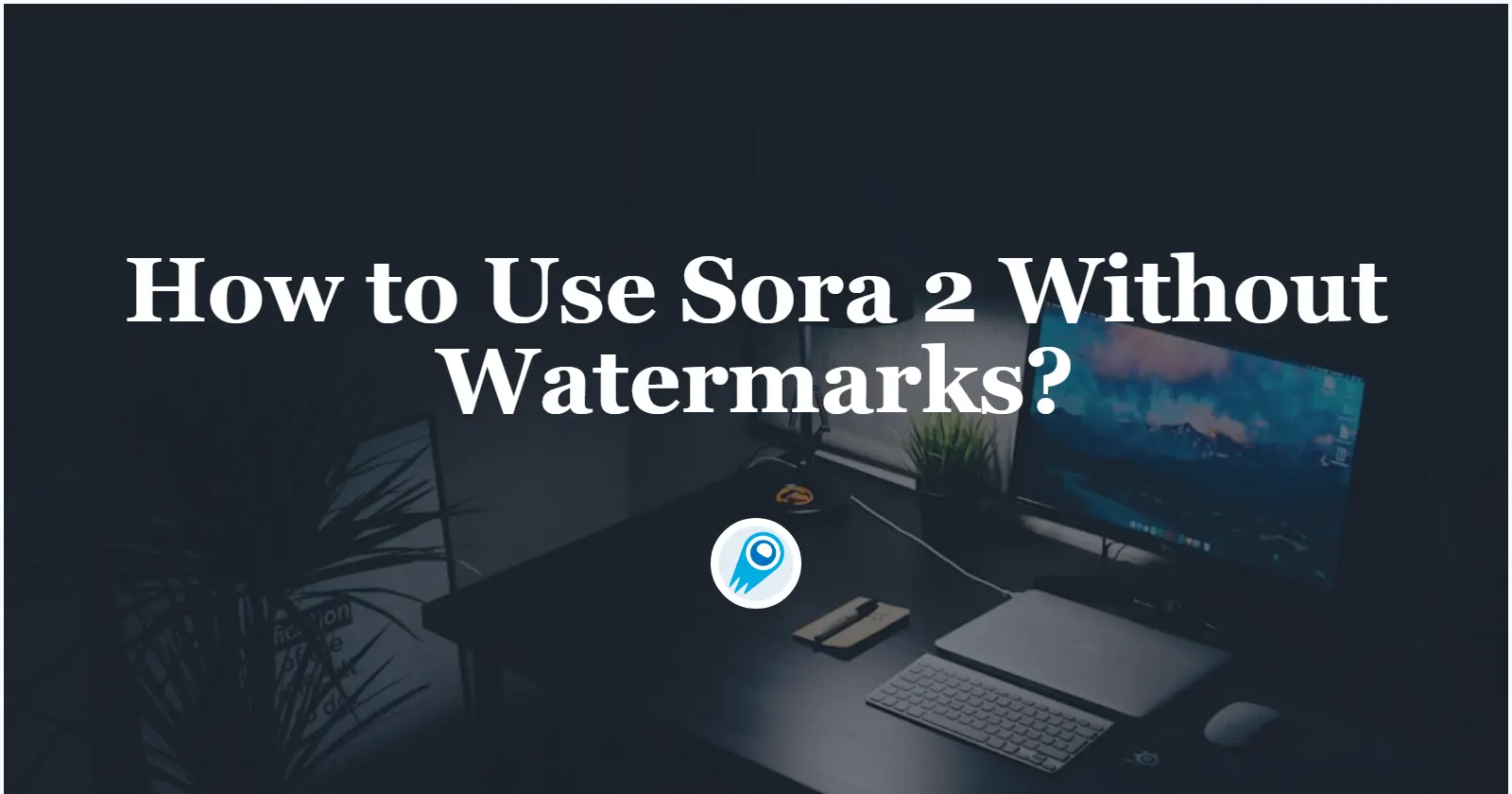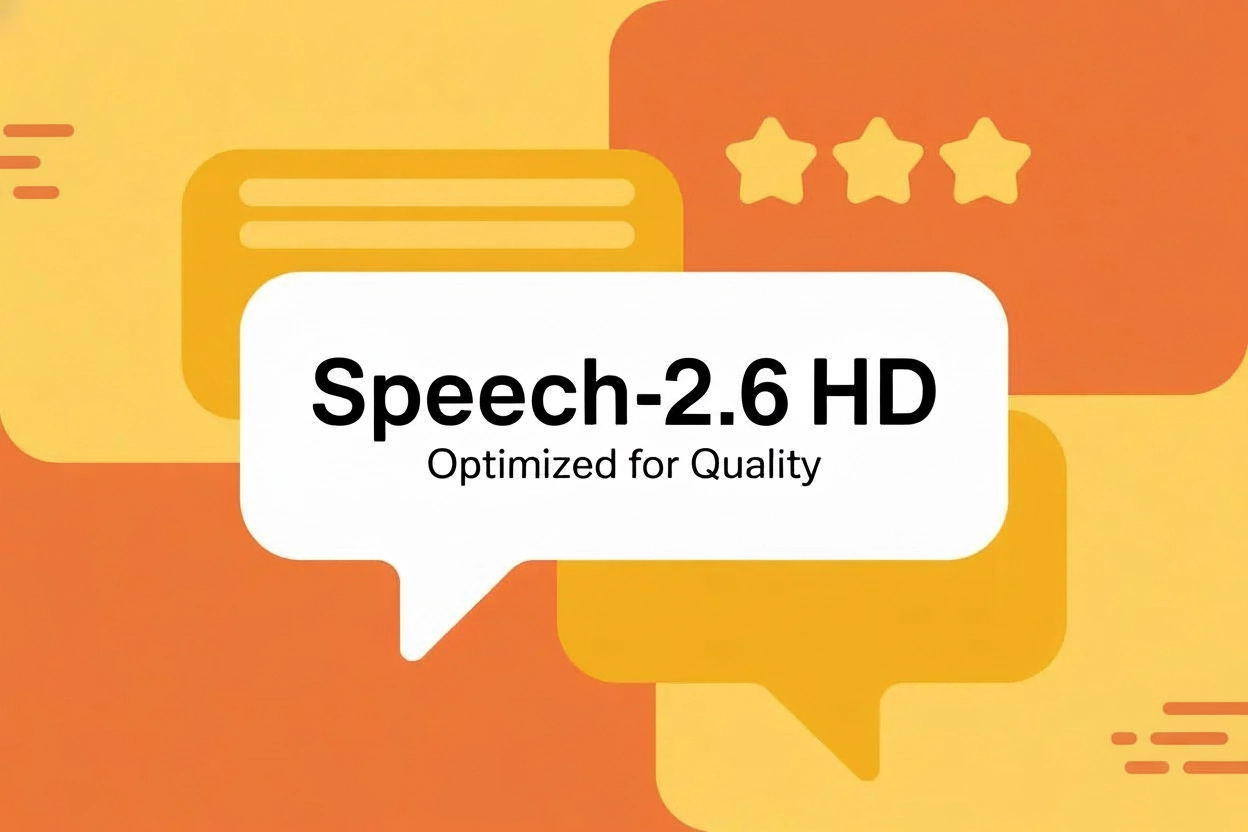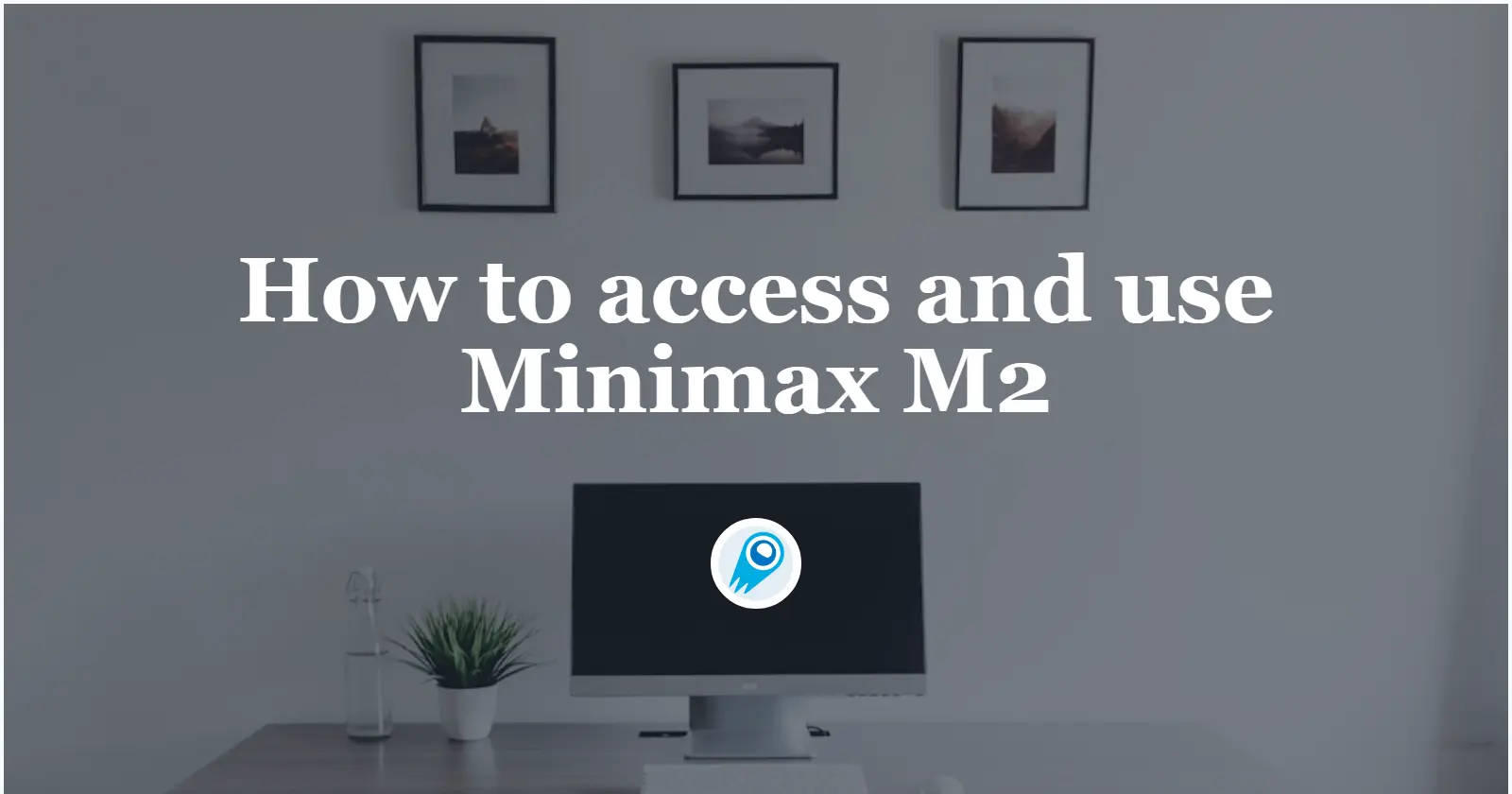Comet API Blog
The CometAPI Blog shares practical guides and updates on mainstream
AI models to help developers get started quickly and integrate them efficiently.
Integrate the FlowiseAI with the CometAPI: Step-by-step guide
The low-code visual AI tooling space is moving fast. Flowise — an open-source visual builder for LLM workflows — continues to add community integrations and release frequent updates; CometAPI is one of several unified AI API platforms that now expose hundreds of models via a single endpoint; and no-code backend builders like BuildShip likewise provide […]
DeepSeek-V3.1-Terminus: Feature, Benchmarks and Significance
DeepSeek-V3.1-Terminus is the most recent refinement of the DeepSeek family — a hybrid, agent-oriented large language model (LLM) that DeepSeek positions as a bridge between traditional chat models and more capable agentic systems. Rather than a brand-new base network, Terminus is presented as a targeted service-pack style update to the V3.1 line that focuses on […]
Grok 4 Fast API launch: 98% cheaper to run, built for high-throughput search
xAI announced Grok 4 Fast, a cost-optimized variant of its Grok family that the company says delivers near-flagship benchmark performance while slashing the price to achieve that performance by 98% compared with Grok 4. The new model is designed for high-throughput search and agentic tool use, and includes a 2-million-token context window and separate “reasoning” […]
Grok-code-fast-1 Prompt Guide: All You Need to Know
Grok Code Fast 1 (often written grok-code-fast-1) is xAI’s newest coding-focused large language model designed for agentic developer workflows: low-latency, low-cost reasoning and code manipulation inside IDEs, pipelines and tooling. This article offers a practical, professionally oriented prompt engineering playbook you can apply immediately. What is grok-code-fast-1 and why should developers care? Grok-code-fast-1 is xAI’s […]
How to Add Voice and Sound to a Midjourney Video
Midjourney’s jump into video generation is exciting: it turns still images into short, loopable animated clips that open the door to storytelling and motion-driven content. But until Midjourney ships built-in, polished audio tracks (if it ever does), creators must stitch audio onto the silent video output using a mix of AI audio tools and classic […]
How to Create an Action Figure using ChatGPT
The tools for making a custom action figure have changed dramatically in the past few years. ChatGPT—now an image-capable, multimodal assistant—can be the creative engine that takes a concept from idea to printable 3D file when combined with the emerging class of text-to-3D, mesh-processing, and fabrication services. This article explains a professional, end-to-end workflow you […]
Luma AI Launches Ray3: the world’s first “inference-capable” video model
Luma AI unveiled Ray3, a next-generation generative video model the company bills as the industry’s first inference-capable (what Luma frames as “reasoning”) video model — and the first to produce studio-grade High Dynamic Range (HDR) video natively, including exportable 10-, 12- and 16-bit ACES/EXR masters for professional pipelines. Ray3 not only understands language and visual […]
Grok Code Fast 1 API: What is and How to Access
When xAI announced Grok Code Fast 1 in late August 2025, the AI community got a clear signal: Grok is no longer just a conversational assistant — it’s being weaponized for developer workflows. Grok Code Fast 1 (short: Code Fast 1) is a purpose-built, low-latency, low-cost reasoning model tuned specifically for coding tasks and agentic […]
How To Build Custom GPTs — a practical guide in 2025
Custom GPTs (also called “GPTs” or “Custom Assistants”) let individuals and teams create tailored versions of ChatGPT that embed instructions, reference files, tools, and workflows. They’re easy to start with but have important limitations, risks, and choices you need to know about before you design, publish, or integrate one. What is a custom GPT ? […]
How to use CometAPI in LobeChat
LobeChat and CometAPI are two fast-moving projects in the open AI ecosystem. In September 2025 LobeChat merged a full CometAPI provider integration that makes it straightforward to call CometAPI’s unified, OpenAI-compatible endpoints from LobeChat. This article explains what LobeChat and CometAPI are, why you’d integrate them, step-by-step integration and configuration (including a ready-to-drop TypeScript provider […]

How to Use Sora 2 Without Watermarks—A Complele Guide
OpenAI’s Sora 2 — its latest video-and-audio generative model — arrived this fall as a major step forward in photorealistic video generation and synchronized audio. […]

How to Run GPT-5-Codex with Cursor AI?
Lately,OpenAI has launched a specialized version—GPT‑5‑Codex—specifically tuned for software engineering workflows via its Codex brand. Meanwhile, coding-IDE provider Cursor AI has integrated GPT-5 and GPT-5-Codex […]

MiniMax Releases MiniMax Speech 2.6 — A Deep Dive into the New Speech Model
MiniMax announced MiniMax Speech 2.6, the company’s newest text-to-speech (TTS) / text-to-audio engine optimized for real-time voice agents, voice cloning, and high-fidelity narration. The update […]

How to delete Luma AI creations? 2 Ways!
Generative tools like Luma AI’s Dream Machine make powerful, beautiful images and videos fast — but sometimes you change your mind. Whether you want to […]

How Much Does Cursor Composer Cost?
Cursor Composer is a new, frontier-grade coding model released as part of Cursor 2.0 that delivers much faster, agentic code-generation for complex, multi-file workflows. Access […]

How to access and use Minimax M2 API
MiniMax M2, a new generation large language model optimized for agentic workflows and end-to-end coding. MiniMax publicly released MiniMax-M2 and published weights on Hugging Face; […]
